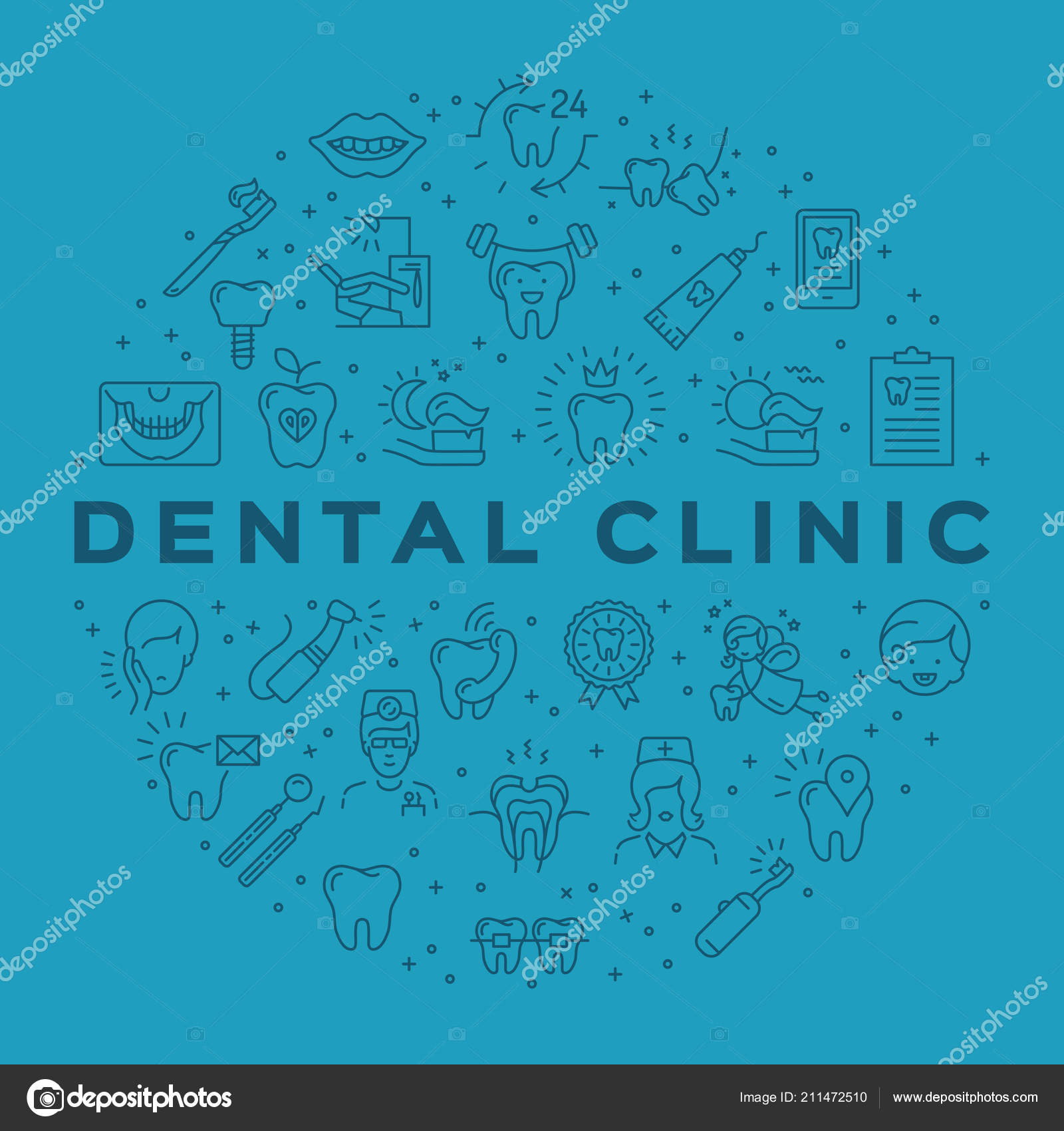Comprehending Tooth Injuries: When To Look For Immediate Therapy
Comprehending Tooth Injuries: When To Look For Immediate Therapy
Blog Article
Published By- view it
If you really feel an unexpected jolt of pain or discover a tooth injury, it can be unsettling. But just how do you determine if it's a dental emergency that needs instant focus? Understanding the vital indications and understanding when to seek aid can make all the distinction in protecting your oral health and wellness. Recognizing when to act swiftly might suggest the difference in between a quick fix and extra substantial therapy.
Common Types of Dental Injury
What're the typical kinds of dental trauma that you should be aware of?
Mishaps can take place, causing different types of dental injuries. One typical sort of oral injury is a split tooth. This can take place from biting down on something hard or experiencing a strike to the face.
Another type is a busted tooth, where a part of the tooth can chip off. Furthermore, you may experience a knocked-out tooth, which can take place throughout sports or falls. all on 6 dental implants near me to take care of the tooth very carefully and seek instant dental focus.
Dental trauma can also entail a tooth that has been pushed out of setting or loosened up as a result of an injury. This sort of injury requires timely treatment to save the tooth.
Finally, soft cells injuries in the mouth, such as cuts, can also occur from accidents. Understanding about these common kinds of dental trauma can assist you act quickly and appropriately in case of an emergency.
Indications of Dental Emergencies
Recognizing the signs of dental emergency situations is important for timely action and appropriate therapy. If you experience severe tooth pain that's constant and pain, it might show an underlying problem that calls for prompt focus.
Swelling in the gums, face, or jaw can likewise suggest an oral emergency, specifically if it's accompanied by pain or high temperature. Any kind of trauma to the mouth causing a split, broken, or knocked-out tooth needs to be treated as an emergency situation to avoid more damage and prospective infection.
Hemorrhaging from the mouth that does not stop after using stress for a couple of mins is one more red flag that you need to seek emergency situation oral care. In addition, if you discover any type of signs of infection such as pus, a foul taste in your mouth, or a high temperature, it's necessary to see a dental practitioner as soon as possible.
Disregarding these signs can result in a lot more serious problems, so it's crucial to act quickly when confronted with a potential oral emergency situation.
Significance of Immediate Treatment
Prompt activity and immediate therapy are essential in addressing dental emergencies to stop more difficulties and make certain ideal outcomes for your oral health and wellness.
When faced with an oral emergency situation, such as a knocked-out tooth or severe toothache, looking for instant treatment can make a substantial distinction in conserving your tooth and minimizing pain. Delaying therapy can lead to infection, increased discomfort, and also long-term damage to your teeth and gums.
By seeking emergency oral treatment immediately, you increase the chances of successful therapy and repair. Dental professionals have the needed skills and tools to attend to emergencies properly, minimizing the risk of long-term effects.
Additionally, instant therapy can assist manage pain and pain, allowing you to resume your day-to-day tasks without diversion.
Final thought
To conclude, understanding dental trauma and knowing when to look for first aid is critical for maintaining oral health and wellness.
By identifying common kinds of dental injuries and the indicators of dental emergencies, you can make certain prompt care to prevent more damages and complications.
Remember, looking for prompt treatment can save teeth, reduce discomfort, and raise the opportunities of successful recuperation.
Don't hesitate to look for aid from an oral professional if you experience any kind of indicators of dental injury.
